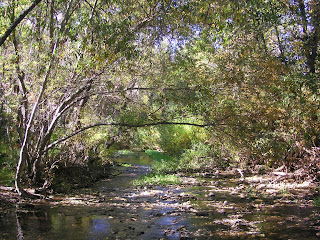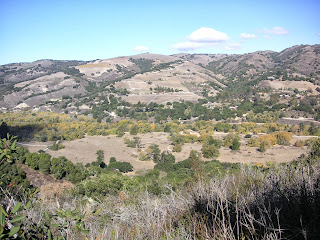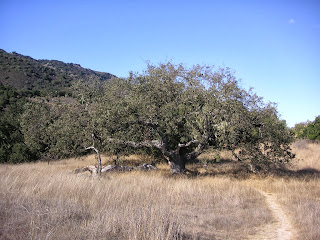black turnstone (left) and surfbird (right)
Arenaria melanocephala (left) and Aphriza virgata (right)
The problem with self-study, like I do here on Nature ID, is that it's challenging to catch my own mistakes. Fellow blogger John Rakestraw's recent post made me do a double-take of his last picture of two birds. Hmm, the black turnstone and surfbird sure look a lot alike! Have I been able to tell them apart before? Based on my only confirmed sighting of surfbirds down in Morro Bay, I remembered them having yellow legs and being significantly heaftier than black turnstones. Nope, they're only slightly larger. It just so happened that as we were enjoying a post-holiday walk, we saw the two birds hanging out together along the Coast Guard Pier (apologies for the distance shot, but ever since they put up the fence on the Pier, good close-ups are hard to come by). I really loved how different they look when they take flight, as Monika Wieland captured so well on her blog Orca Watcher - the black turnstone has the more striking white center strip down its back ending in a bold black spot, and the surfbird has a solid grey back. As I was looking at my blog records, sure enough my only previous black turnstone post also shows the surfbird. Right? I made corrections.
























